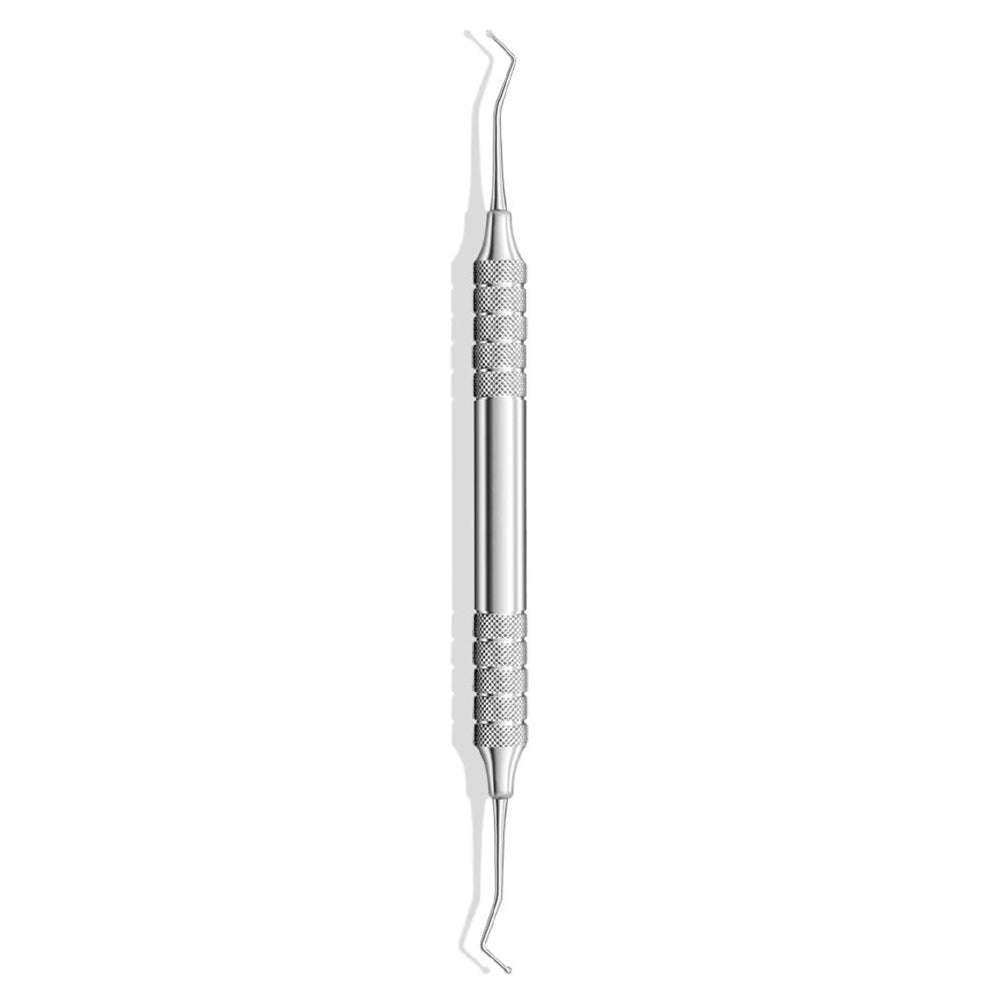


Dental Excavator Stainless Steel - Essential Hand Instrument for Cavity Preparation and Debridement
In the field of operative dentistry, using the correct hand instruments can dramatically influence the quality and effectiveness of dental treatment. A single of the crucial instruments for cavity preparation and elimination of caries can be instruments called the dentist's excavator, especially those constructed out of stainless steel. The instruments are built for durability, precision and flexibility, which makes them indispensable in general and restorative practices.
Utilized for manual removal of dentin soft and carious for cleaning cavity walls or for refining the margins of restorative treatment, dental excavators made of stainless steel are highly regarded for their ability to work with precision and still maintain a light and ergonomic design. In this article, we'll look at the form, function, types, and benefits of dental excavators made of stainless steel and highlight their significance in the current dental treatment.
What Is a Dental Excavator?
The dental excavator is a hand-held device employed to get rid of decayed dental debris, splinters and soft carious materials from a tooth that has been prepared. In contrast, try instruments provide the use of tactile feedback as well as precision in manual caries removal.
Dental excavators are usually composed of:
- A steel shaft with a handle.
- A shape of a claw or spoon work-end.
- Two or more cutting edges, based on the style.
Made from high-quality surgical stainless steel, These instruments provide strength, durability, corrosion resistance and long service lives regardless of repeated sterilization.
Why Choose Stainless Steel Excavators?
Steel stainless is the preferred material that dental excavators prefer to use for several reasons:
- Durability is resistant in the face of wear and tear, even after years of use.
- Corrosion Resistance: It is resistant to the effects of chemical sterilization and autoclaving.
- Precision allows for precise, polished cutting edges that allow for easy removal of caries.
- Weight Balance provides the perfect weight to control and handle.
These characteristics ensure that excavators made of stainless steel remain solid throughout the years of use, and they do not lose their strength or sharpness.
Functions and Uses in Dental Procedures
Dental excavators made of stainless steel are flexible and can be utilized in a variety of dental procedures, such as:
1. Caries Removal
- It is useful to scoop out soft dentin that is infected manually.
- Recommended for minimally invasive dentistry, particularly when the preservation of tooth structure is essential.
2. Debridement of Cavities
- Removes debris and leftover substance after tooth preparation.
- It is ideal to clean the cavity before placing any restorative materials.
3. Excavation in Pediatric Dentistry
- Let decay be removed gently for children while minimizing discomfort.
- Most often, rotary tools are preferred when the level of cooperation is not as strong.
4. Root Canal Debris Removal
- Fine-tipped excavators are employed to eliminate the pulp or irrigants from endodontic procedures.
Types of Dental Excavators
Dental excavators are available in a range of sizes and designs to meet a variety of medical needs. They include:
1. Spoon Excavator
- The most commonly employed.
- It has a spoon-shaped, rounded blade.
- It is ideal for scooping out soft dentin.
2. Hatchet Excavator
- The chisel has a straight edge.
- It is useful to smooth cavities and remove hard debris.
3. Discoid-Cleoid Excavator
- Dual-ended instrument featuring only one discoid (disc-shaped) and one cloud (pointed) end.
- It is commonly employed to create an occlusal structure in restorative substances and to treat decay.
Every type is offered in various sizes and angles that allow access to every part of the mouth, which includes the posterior teeth as well as interproximal spaces.
Advantages of Using Stainless Steel Excavators
- Enhanced Tactile Sensitivity: Allows the physician to sense the differences between healthy and decayed tissue.
- Minimal Invasive Approach: Helps preserve healthy tooth structure during caries excavation.
- Cost-effective: Reusable and durable when maintained properly.
- Multi-purpose is suitable for a variety of procedures, including general, dental restorative and pediatric procedures.
- Serializability can withstand high-temperature autoclaves as well as chemical sterilants without being degraded.
Care and Maintenance Tips
To ensure durability and maximum performance:
- After each use, rinse thoroughly to eliminate blood and dirt.
- Cleanse with an easy brush and Enzymatic solution before sterilization.
- Autoclave by manufacturer guidelines.
- Beware of using the excavator for purposes that are not intended, such as pinning or scraping composite materials.
The proper care of the instrument not only prolongs the life of the instrument but also helps ensure the control of infections and safety for the patient.
Conclusion
Dental Excavators made of stainless steel are a must-have instrument in the modern world of dentistry. Their capability to remove decay with precision, retain tactile feedback, and stand up to the pressure of sterilization repeatedly is a valuable tool for any dental practice. When you're treating children who have minor caries or performing restorative procedures in adults, stainless-steel excavators offer the durability, precision, and ease of use required for efficient and effective dental care.
Making the investment in top-quality stainless steel dental excavators guarantees the highest level of clinical efficiency, patient satisfaction, and reliability for a long time--making it an excellent option for any dentist.




 For Bulk Order Whatsapp US
For Bulk Order Whatsapp US